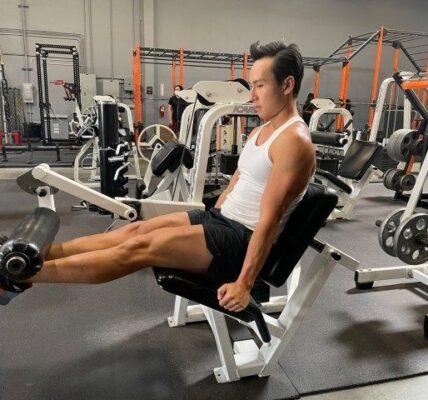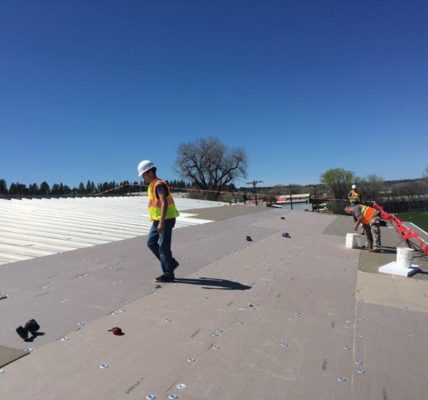Eco-friendly and also sustainable building is growing in appeal to help in reducing carbon exhausts and also conserve energy.
One of the initial movements in the direction of a lasting means of structure and also living is PassivHaus. PassivHaus is a voluntary building requirement and also concept that was developed in Germany in the 1990’s as well as is a high conventional carried out to build low-energy houses all over the world. It enables energy efficiency in the home and maintains energy costs to a minimum as well as lowering carbon emissions.
PassivHaus is based upon the principle that lowering heat loss to a minimum is the most efficient way of attaining a low carbon as well as environment-friendly structure as well as this typical used in a selection of structures consisting of residences, workplaces and schools.
There are 6 primary criteria for constructing a PassivHaus which are:
- Super insulation with optimal warmth retention within the structure
- Maximum draft proofing
- Ventilation incorporated with warm recovery
- Solar panels to harness the sunlight’s heat
- Renewable energy sources for instance using solar photovoltaic or pv panels that transform solar radiation into electricity
- Power efficient appliances which lower power usage.

A PassivHaus is built to be entirely airtight and also is basically a built shell with the optimum level of insulation that preserves warmth and also therefore calls for little or no additional heating inside the structure. Insulation includes high performance thermal doors and windows with double and three-way glazing, an insulated roofing system as well as flooring as well as insulation fitted in exterior wall surfaces.
The PassivHaus approach of optimum insulation is also combined with the use of a mechanical air flow with warm recovery (MVHR) system which supplies air flow as well as captures as well as re-uses that aerated air for warmth which would otherwise be shed through draft spaces in the residence. Check out these sustainability tips to save some energy.
The MVHR system continuously detoxifies the air, getting rid of stale air as well as attracting pure air from the beyond the building as well as recovering the air in the building to use for warmth. Up to 94.4% warm recuperation can be accomplished with MVHR systems. Outside air is drawn into the warmth exchanger within the system which warms the air and also when warmed it is dispersed uniformly around the building.
A MVHR system is likewise the technique used for cooling down a structure when the environment is warm to make sure that warm air is really cooled down as opposed to heated and also dispersed equally around the building. Shades on the building are likewise utilized to reduce the quantity of warmth that a structure is revealed to and also maintains the building cool in warm environments.
Photovoltaic panel are positioned on the roof covering to record the sunlight’s radiation and to use this natural resource of power to produce power.
The energy savings in a PassivHaus achieved contrasted to regular North European homes is 90% and also compared to brand-new develop houses over 75%.
Where a PassivHaus building is located and also if it is facing North, South, East as well as West can identify the structure design and where the coolant tones and also solar panels are situated. PassivHaus can be utilized both at the point of building a new building or included into a restoration or refit of an existing structure.













